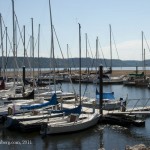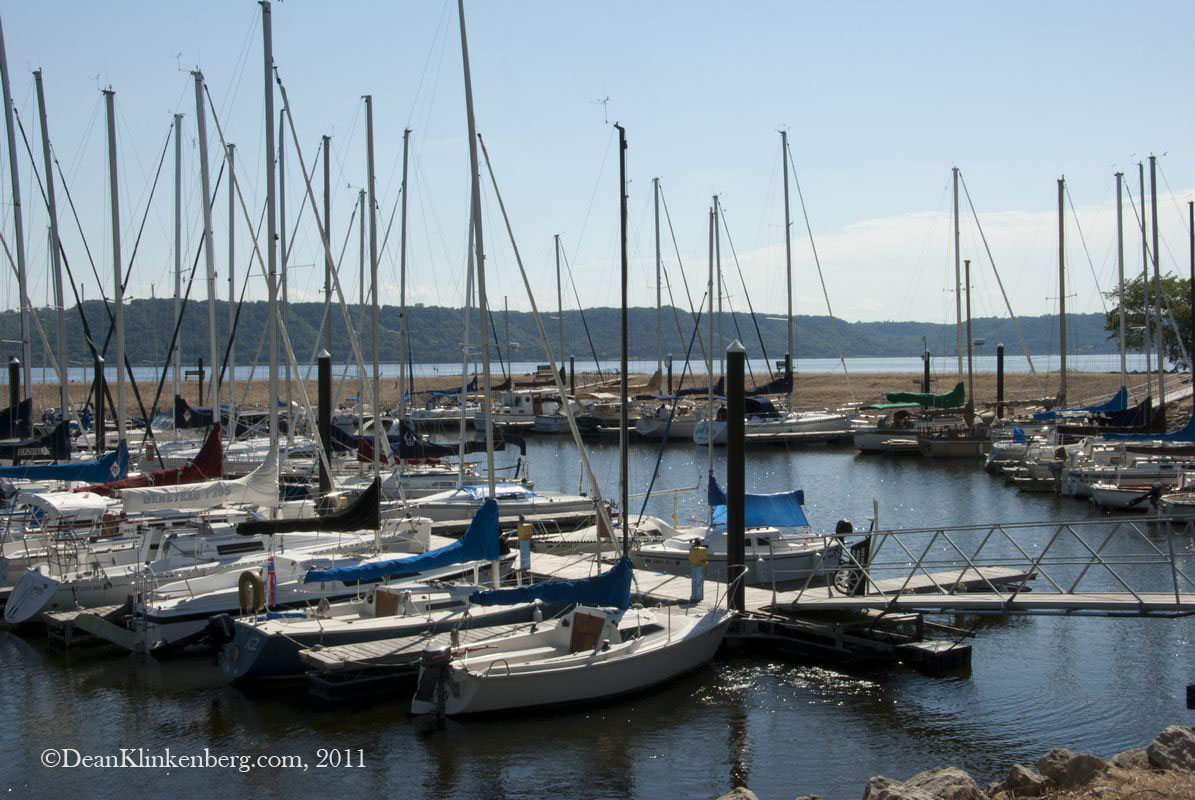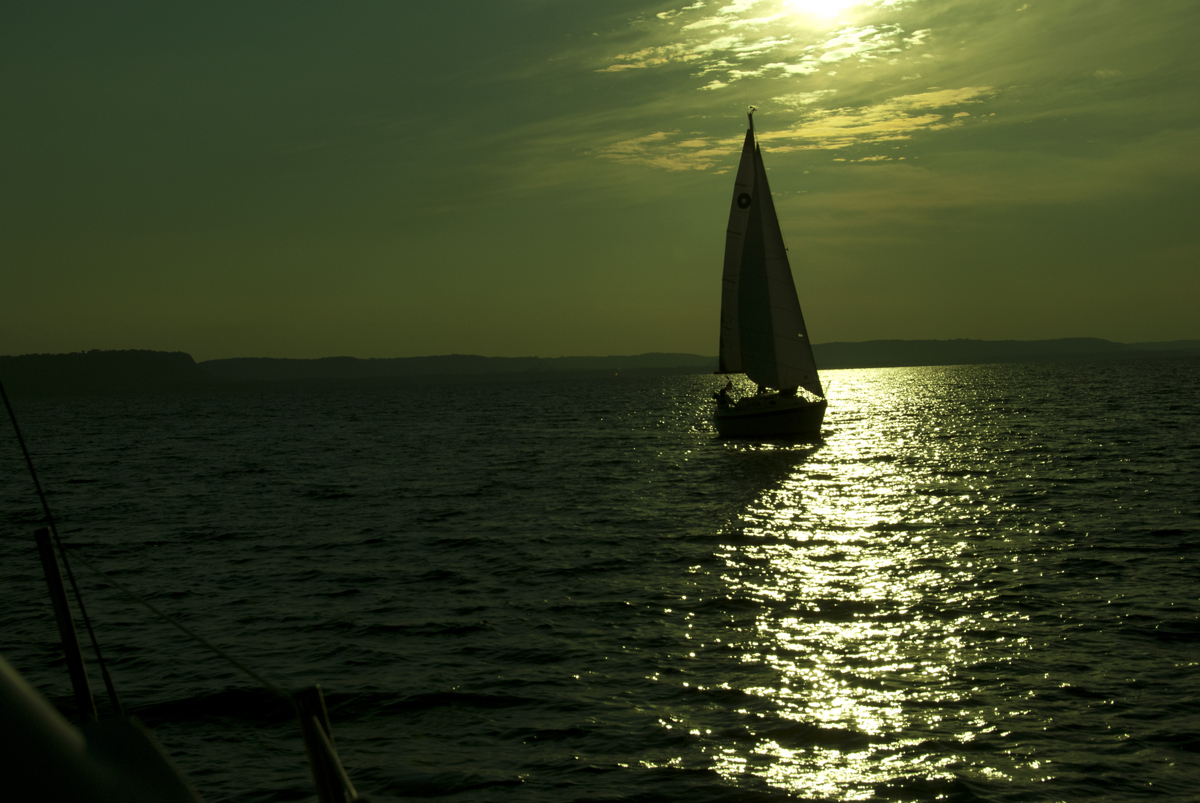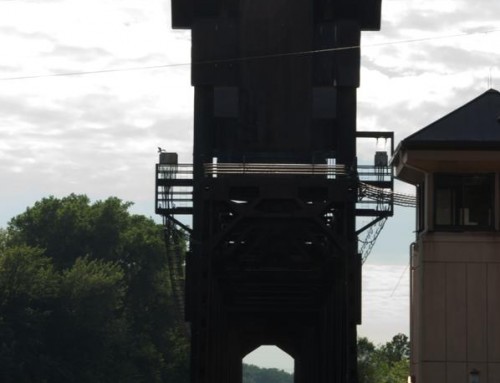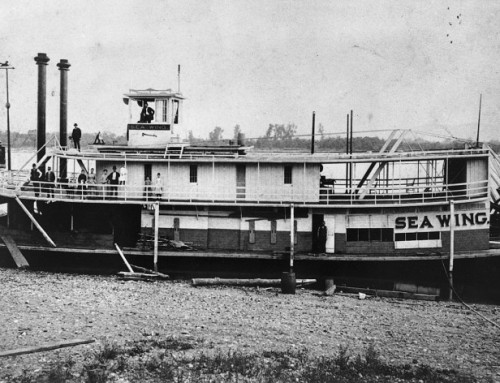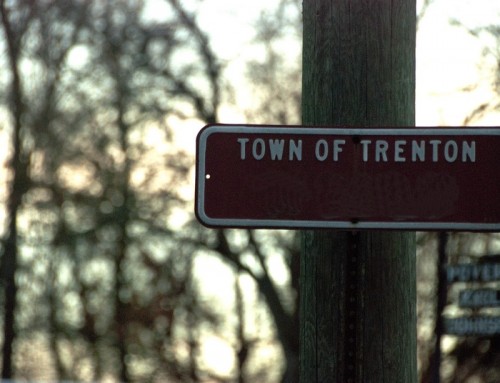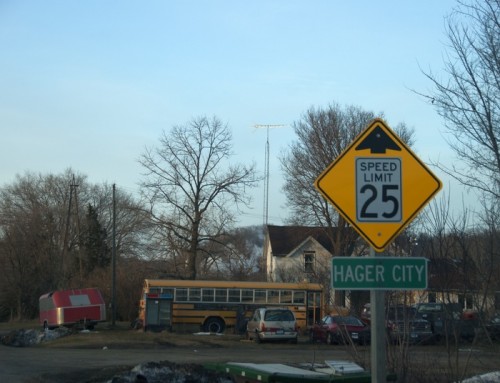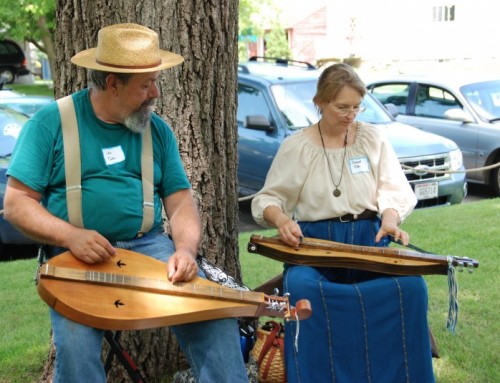Introduction
Pepin might look like a sleepy village but don’t be fooled. This small river town is a big draw for fans of both Laura Ingalls Wilder and good food.
Visitor Information
The Pepin Visitor Center (306 3rd St.; 715.544.7829; open from May–Oct.) is the best source for the scoop on the area, plus it has a few displays about Laura Ingalls Wilder.
History
The first settler in the township was John McCain, born in 1814 in Pennsylvania, who arrived in 1846 and built a cabin. McCain was involved in the logging industry and piloted boats on the Chippewa and Mississippi Rivers. He bought hundreds of acres of land and platted a village called Lakeport.
The first claim at the present site of Pepin was made by McCain’s cousin, William Boyd Newcomb, thus supplying the village’s first name, Newcomb’s Landing. In 1846 Newcomb gave up a job as a school teacher and traveled upriver from Fort Madison (Iowa). Like his cousin, he worked initially in the lumber industry, then became a river pilot.
When the village was platted in 1855, it was called North Pepin. The Pepin name may be derived from early explorers Pierre Pepin and his brother, Jean Pepin du Cardonnetes who spent time around here in 1679, because their father (Guillaume dit Tranchemontagne) and uncle (Etiene Pepin de La Fond) had a land grant from King Louis XIII. Virtually all of the village’s initial growth was driven by the logging industry.
The typical businesses cropped up amid great optimism about the village’s future, but the national financial panic in 1857 put the brakes on everything. A bigger problem for the village of North Pepin, however, was low river levels in 1857-58, as the village didn’t have the best steamboat landing, anyway, and low water made it nearly impossible for boats to dock. North Pepin also began losing business to the Beef Slough rafting operation in Alma and lost the county seat to Durand as that town boomed with its railroad business. Folks slogged on, even incorporating in 1860, but the incorporation was abandoned just four years later.
The village found new life with the growth of the local farm economy and reincorporated in 1882 with 340 residents. The Chicago, Burlington, and Northern railroad arrived in 1886, which helped provide connections to markets for the fishing industry. Commercial fishing picked up at the end of 19th century, supplying markets primarily in New York and the South. The peak fishing season was in winter when nets could be dragged under the ice, hauling in large caches of fish. Many of the fishermen worked the warmer months on the river as pilots, captains, or engineers.
Pepin was also home to the Pepin Pickle Company (1904-1937), sawmills, a creamery, a pearl button factory, and a bobsled factory. After the railroad came through, many businesses moved from First Street to Second Street because the noise from the trains scared their horses. The first automobile owned by a local resident appeared in 1908; by 1917 there were 66 in town. There are a few more than that today, as most residents commute to jobs elsewhere.
Exploring the Area
Laura Ingalls Wilder was born in rural Pepin township on February 7, 1867. Her family moved away shortly after she was born but returned around 1871 and stayed for three years. Her first book, Little House in the Big Woods, was based on her time in Pepin County; she was 65 years old when she wrote it. She went on to write seven more books about life on the prairie and these books were the inspiration for the 1970s-erea TV show Little House on the Prairie. Folks in Pepin have worked hard to preserve her memory and to honor her connection to the region. The Laura Ingalls Wilder Museum (306 3rd St.; 715.513.6383; open daily from May–Oct.) recreates the feeling of the kind of log cabin that inspired Wilder and has a store where you can buy her books.
The Laura Ingalls Wilder Wayside and Cabin (N3238 Cty Rd CC; ; 715.513.6383) is about seven miles outside of town, but unless you are doing the Laura Trail, your life won’t be diminished if you skip this re-creation of a log cabin on the land where she was born.
Sports & Recreation
Five Mile Bluff Prairie State Natural Area (Cross Rd.; 608.685.6222) has three goat prairies that, if you can find them, have good views of the confluence of the Mississippi and Chippewa Rivers. I made the mistake of following an old service road, which is not a bad hike, but it won’t get you to the goat prairies, and, dear God, bring mosquito spray. I spent 45 minutes hiking around, stubbornly refusing to give up, even with a cloud of mosquitoes following me the entire time. You, however, can learn from my mistake. When you park at the end of the road, ignore the old service road and hike up the hill in front of you. It’s not an easy hike, but when you reach the goat prairie, you’ll have unobstructed views of the Chippewa and Mississippi Rivers, with Wabasha to the south and Lake Pepin to the north. Please keep an eye out for timber rattlesnakes; you aren’t likely to see any, but, then again you might. To reach the natural area, follow County Highway N from Pepin for 2.7 miles, then head east on Cross Road (a gravel road) for another 2.7 miles until the road ends.
There is a swimming beach on Lake Pepin just behind the yacht club by the marina.
Culture & Arts
The Smith Brothers Landing (200 E. Marina Dr.; 715.442.2248; open daily mid-March–Oct) is the metal and glass studio for Dave Smith, who is descended from an early pioneer family and is well-versed in local history. He also makes some cool (and inexpensive) metal sculptures.
T & C Latané Metalworks (412 2nd St.; 715.442.2419; open weekends) is a blacksmith shop producing traditional Scandinavian designs and locks, plus tin cookie cutters beloved throughout the region.
Getting on the River
Enjoy a lazy tour on the water with Sail Pepin (300 1st St.; 715.442.2250). They run daily cruises (May-Oct.), including popular sunset experiences.
Entertainment and Events
Festivals
The Pepin Lighted Boat Parade (weekend of July 4) is an impressive spectacle as boats are decorated with bright lights and show off in a promenade around Lake Pepin.
The town’s major event, though, is Laura Ingalls Wilder Days (800.442.3011; second weekend in Sept). The weekend includes a fiddle competition, tales from pioneer days, an essay contest, traditional crafts, and a parade.
**Pepin is covered in Road Tripping Along the Great River Road, Vol. 1. Click the link above for more. Disclosure: This website may be compensated for linking to other sites or for sales of products we link to.
Where to Eat and Drink
For a taste of fresh and homemade, check out E & S Fresh Market (410 2nd St.; 715.442.2441) makes sausages from scratch that have a big fan base.
The Harbor View Café (314 First St; 715.442.3893; open from mid-March–mid-November) is a destination restaurant with a wide-ranging reputation for creating great food without snootiness. The restaurant is housed in an 1880s-era waterfront building and keeps everything low key. The menu is written on a chalkboard and changes depending upon what ingredients are available. The day I went, I had a rich, flavorful summer cassoulet with lamb sausage, pork tenderloin, grilled vegetables, and white beans, preceded by a surprisingly complex cold cucumber soup.
TIP: People line up early for dinner at the Harbor View (they do not take reservations) which can lead to a long wait for a table. They have a similar menu at lunch, however, and far fewer people showing up, so you will probably get right in.
The Pickle Factory (205 1st St.; 715.442.4400) is a popular place for its above-average bar food and good views of Lake Pepin; the building once housed an actual pickle factory.
The Villa Belleza Winery (1420 3rd St.; 715.442.2424) is in the striking Mediterranean-style building on the north end of town; they have a tasting room where you can sample their wines. If you have an appetite, check out Il Forno @ Villa Belleza (1420 3rd St.; 715.442.2424), their new restaurant where you’ll find a menu of classic Italian dishes.
Where to Sleep
Camping
The Lake Pepin Campground (1010 Locust St.; 715.442.2012) is a large campground on the inland side of the highway with many sites that are in the open.
TIP: If you’re not a registered camper, you can use the campground’s showers for a small fee.
Budget
The Great River Amish Inn (311 Third St.; 715.442.5400) has seven simple but lovely rooms decorated with quilts and Amish furniture, equipped with microwave, fridge, coffee pot, and cable TV.
The Lake Pepin Motel (305 Elm St.; 715.442.2012) rents 32 sensibly furnished rooms with cable TV.
Bed-and-Breakfast Inns
The Harbor Hill Inn (310 Second St; 612.599.2757) offers three homey rooms in a 19th century cottage. Guests are served a full English breakfast. They also have a two-bedroom guest house above the garage with a full kitchen and room to sleep six.
Resources
Post Office: 420 2nd St.; 715.442.4961.
Pepin Public Library: 510 Second St.; 715.442.4932.
Community-supported writing
If you like the content at the Mississippi Valley Traveler, please consider showing your support by making a one-time contribution or by subscribing through Patreon. Book sales don’t fully cover my costs, and I don’t have deep corporate pockets bankrolling my work. I’m a freelance writer bringing you stories about life along the Mississippi River. I need your help to keep this going. Every dollar you contribute makes it possible for me to continue sharing stories about America’s Greatest River!
Pepin Photographs
©Dean Klinkenberg, 2024, 2021, 2018,2013,2011
